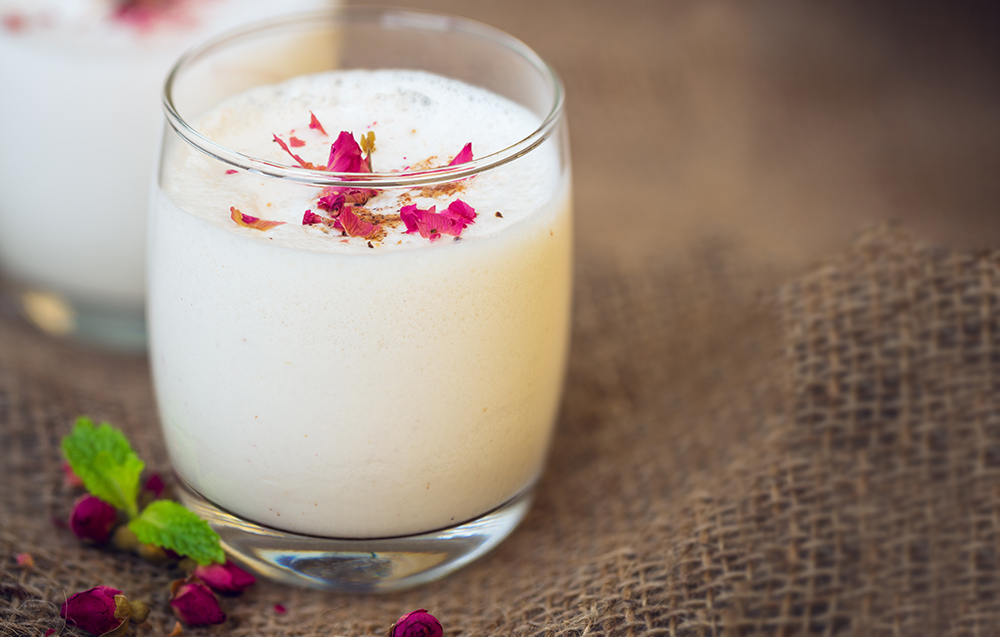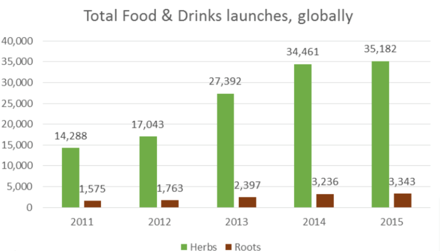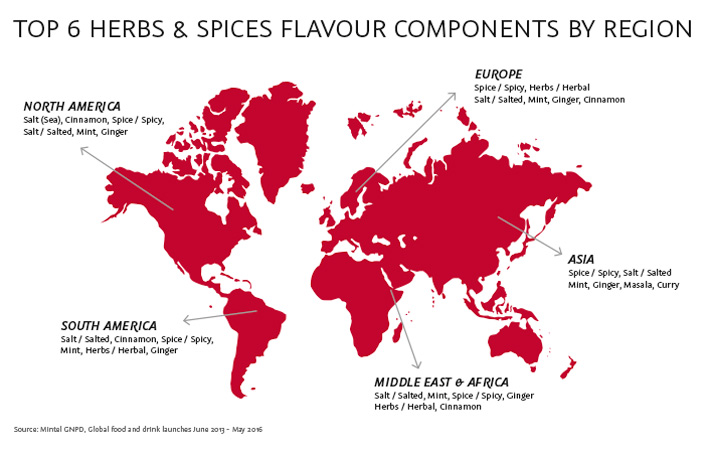Botanicals
From the chefs table to the consumers home
From the Chefs Table to you – Trendy Herbs & Roots
Herbs & Roots are shifting to center of the plate and are being showcased on menus by chefs worldwide. The characteristics of these ingredients driving this trend include their intrinsic health properties, an overall health halo and the opportunity to add ingredients with a natural and healthy image.This trend gathered momentum throughout the last few years, starting with four-time top restaurant of the world NOMA’s success through introduction of botanical herbs, roots and even flowers in their dishes. Former punk and DJ Alex Atala, owner and chef of D.O.M. in Brazil is known for his use of native ingredients collected from the Amazon basin. Austrian chef Heinz Reitbauer owns the Steirereck, one of the Top 10 restaurants worldwide, he uses fresh botanical produce for his creative and cutting edge menu. We followed the path created by the trendsetters mentioned above and other great chefs of the world and explored the opportunity this trend has to offer.
New love for long known varieties
Our ancestors knew how to use botanical ingredients but the art and knowledge was lost somewhere along the way.We are excited to see this trend make its way back and help it reach its full potential. Long known varieties are booming like ginger, basil, parsley, maca root, ginseng, Ashwagandha and turmeric among others. We expect to see these trendy ingredients in more food and drinks in the coming years.The younger generation is more likely to try new flavors, up to a third of Millenials aged 16-35 are open to herbs in various food categories including sweets and desserts.
Health Benefits
The healing properties of botanicals are often associated with Traditional Chinese Medicine, Ayurveda, and Jamu. Providing inspiration and gaining a solid consumer following these innate health benefits are becoming more recognized. Phytochemical compounds present in oregano, marjoram and rosemary may help with blood sugar management. Cinnamon has also been found to have properties that may help manage blood glucose levels. Herbal teas used for medicinal purposes are also on the rise and may be sought out as a natural remedy for common ailments. Of course turmeric, the ancient golden health booster, must be mentioned here as well. If you want to know more about this consumer’s darling we recommend our trend article on it – click here.Botanicals support the digestive system, can help with liver & heart health and have been recognized as a way to boost our energy and stamina.

Increase in new product launches
We see a steady increase in new product launches containing herbs and roots for food and drink products. Herbs and roots can add culinary excitement to new categories, such as dairy products & yogurt, alcoholic beverages, pizza crusts and carbonated soft drinks.
Top six herb and spice flavor components
As a Mintel report (Source: Mintel GNPD, by region, global food and drink launches, June 2013 – May 2016) states the use of these flavors has grown in recent years. Cinnamon, mint, and ginger were the top herbs and spice flavors across regions. They add new exciting taste experience to categories like yogurt and drinks.A world map provided by Mintel provides a fascinating overview for the global use of spices and herbs.

New products using botanicals
Exciting products using botanicals and herbs are hitting the shelves and prove to be very successful: fermented tea and energy drinks are leading categories. A study from Mintel (Source: Lightspeed GMI/Mintel: Carbonated Soft Drinks, US – June 2016) indicated that at least 1 in 10 Millenials say their ideal carbonated drink would be among herbal, botanical, savory, spiced , or even spicy flavours. Snack bars and fresh juices that include maca are gaining traction. This malty tasting root pairs nicely with chocolate and vanilla notes.
Conclusion
- Botanical flavours appeal to consumers in both food and drink products.
- In the context of food and drink, the element of Ayurveda that is likely to hold the most appeal to European and North American consumers is the use of Ayurvedic botanical ingredients such as herbs, spices and plant extracts.
- Botanicals can now be seen in unusual products like ice cream.
- Adding botanical ingredients can increase product appeal benefiting from healthy and natural image.
- The millenial generation is interested in added botanicals.
- Long known botanicals like oregano and maca root are at the top of the fast growing herbs & roots list.
Have you been inspired?
Are you looking for new inspiring ideas for your product development efforts including botanicals ? At AGRANA Fruit we have developed exciting flavour combinations including trendy new botanicals for drinkable and spoonable yogurt.
If you want to know more about these concepts, please contact us for a customized presentation and concept tasting.